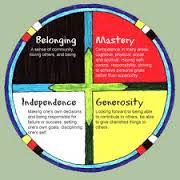One of the main themes for all of the different curriculums has been the importance of culture and history, and using stories to teach and help students connect with information and develop their skills. I was interested to see if there were resources for incorporating some of the oral history that has been documented.
This site has videos of different stories, plus teaching resources and information about including First Nations pedagogy into a classroom.
http://firstnationspedagogy.ca/
This website discusses oral culture, including drums and music, and also has a companion site for dancing. Along with printed information there are pictures, audio-visual clips, interviews, etc.
http://www.native-drums.ca/index.php/Home?tp=a&bg=1&ln=e
This is part of the archives of Canada and includes documents that have recorded some traditional stories. Only the documents are included in the site, no extra information.
https://www.collectionscanada.gc.ca/stories/020020-1100-e.html
Catherine
